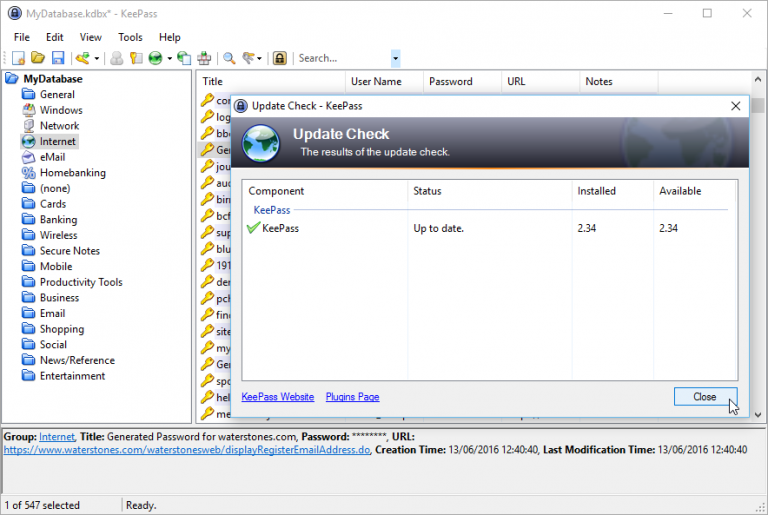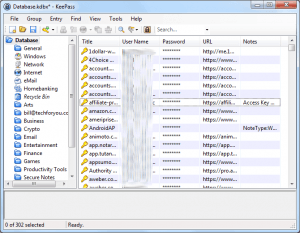

I'm not a programmer, so any criticism will be well received. So basically, you need to have access to the data, the hardware and the biometrics (or pin). To decrypt this data, you need to:īe able to Cryptographically sign the Cryptographic Key with Windows Hello KeePass Composite Key data is Encrypted with a Cryptographic Key signed with a Windows Hello Key Credential and saved to a Password Vault. A database key is encrypted and decrypted using Windows Hello API in order to unlock the database. No sensitive information including master passwords for databases are stored by the plugin in a plain text. WinHelloUnlock integrates into the options windows and allows to create/delete master key data and to disable the plugin for a particular database.

KeePass is a common open-source password manager. Firefox 66, being released this week, supports using the Windows Hello feature for Web Authentication on Windows 10, enabling a passwordless experience on the web that is hassle-free and more secure. This plugin is heavily based on KeePassWinHello and KeePassQuickUnlock. This plugin for KeePass 2 password manager is intended to conveniently Unlock your database using biometrics with Windows Hello technology. I used Windows UWP APIs to save the composite key data encrypted with a windows hello signed cryptographic key to the windows Password Vault. Microsoft retains passwords and credentials in many locations. WinHelloUnlock: Unlock KeePass 2 Databases with Windows Hello. WinHelloUnlock is a different implementation of KeePassWinHello and the idea is to be able to unlock databases with windows hello even after Keepass is closed or the computer is rebooted. One company, Yubico, created the YubiKey, a USB security stick that is compatible with Windows Hello and a bunch of other services that should be kept secure, such as LastPass, KeePass.


 0 kommentar(er)
0 kommentar(er)
